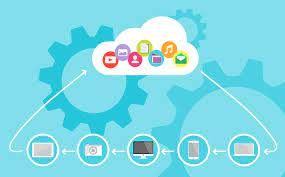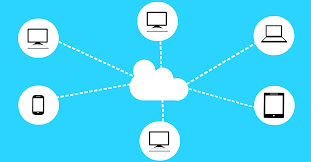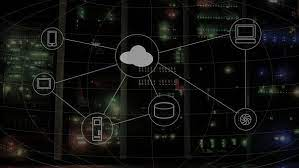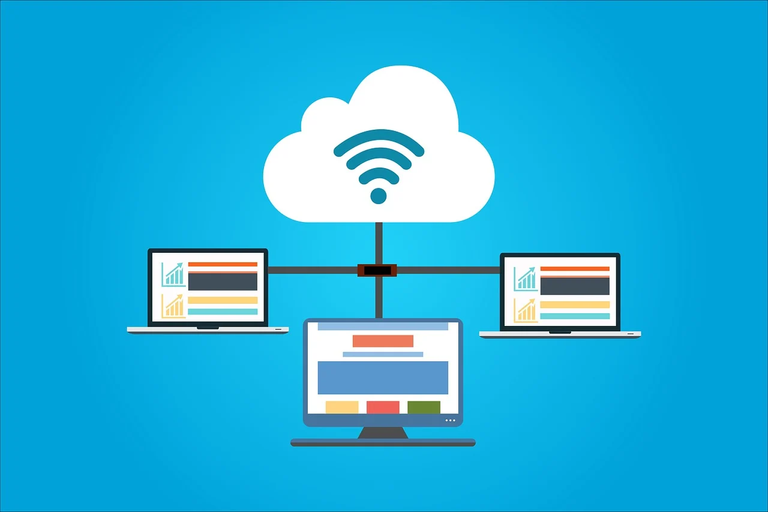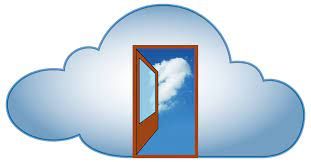Introduction
Cloud computing is a term that refers to the delivery of various services over the internet, such as storage, processing, and database management. It has gained massive popularity in recent years, and many businesses and organizations have switched to cloud computing for its numerous benefits. However, like all technologies, cloud computing also has its own set of drawbacks that cannot be ignored. In this post, we will discuss the benefits and drawbacks of cloud computing to help you make an informed decision about whether it is the right solution for your organization.
Benefits of Cloud Computing
Cost-Effective
One of the biggest benefits of cloud computing is that it is cost-effective. With cloud computing, you don’t have to invest in expensive hardware or software. You only pay for what you use, which can be a huge advantage for businesses and organizations with limited budgets. This means that even small businesses can access the same level of technology and computing power as large enterprises.
Scalability
Cloud computing offers scalability, which means you can easily increase or decrease your computing resources as needed. This means that if your business grows, you can easily add more resources to your cloud computing system, without having to purchase new hardware. On the other hand, if your business decreases, you can also reduce your resources, reducing costs and increasing efficiency.
Disaster Recovery
Cloud computing provides an excellent disaster recovery solution. With cloud computing, your data and applications are stored in a remote location, making it easier to recover from a disaster, such as a fire, flood, or power outage. This is because you can access your data from any location with an internet connection, ensuring that your business can continue even in the event of a disaster.
Flexibility
Cloud computing is flexible, allowing you to access your data and applications from anywhere in the world, at any time. This means that you can work from anywhere, whether you’re in the office, at home, or on the go. This can be especially beneficial for remote workers, who can now access their work from anywhere.
Drawbacks of Cloud Computing
Security Concerns
One of the biggest drawbacks of cloud computing is security. As your data and applications are stored in a remote location, they are more vulnerable to cyberattacks. This is because hackers can easily access the data if they manage to breach the security of the cloud computing system. To mitigate these risks, it is important to choose a reputable cloud computing provider that offers robust security measures, such as encryption and two-factor authentication.
Dependency on Internet Connection
Cloud computing is dependent on an internet connection, which means that if you lose your connection, you will not be able to access your data or applications. This can be a major drawback for businesses that need to access their data in real-time, such as financial services and healthcare organizations. To mitigate this risk, it is important to have a backup internet connection in place, such as a satellite connection or a mobile hotspot.
Lack of Control
Another drawback of cloud computing is that you may have limited control over your data and applications. This is because they are stored in a remote location, and you may not have access to the underlying hardware or software. You may also have limited control over the security and privacy of your data, as you are relying on the cloud computing provider to keep your data secure. This can be a concern for businesses that handle sensitive information and need to ensure that their data is protected at all times.
Costs can Add Up
Although cloud computing is cost-effective in the short-term, the costs can add up over time. This is because you are paying for the services you use, and if you use more services, your costs will increase. It is important to understand the pricing structure of your cloud computing provider and to monitor your usage to ensure that you are not overspending. It is also important to choose a cloud computing provider that offers transparent pricing and flexible pricing options.
Conclusion
In conclusion, cloud computing offers numerous benefits, such as cost-effectiveness, scalability, disaster recovery, and flexibility. However, it also has its own set of drawbacks, such as security concerns, dependency on internet connection, lack of control, and costs that can add up over time. It is important to weigh the benefits and drawbacks carefully and to choose a reputable cloud computing provider that can meet the needs of your business. By doing so, you can ensure that your business is well equipped to take advantage of the benefits of cloud computing and to overcome its drawbacks.
